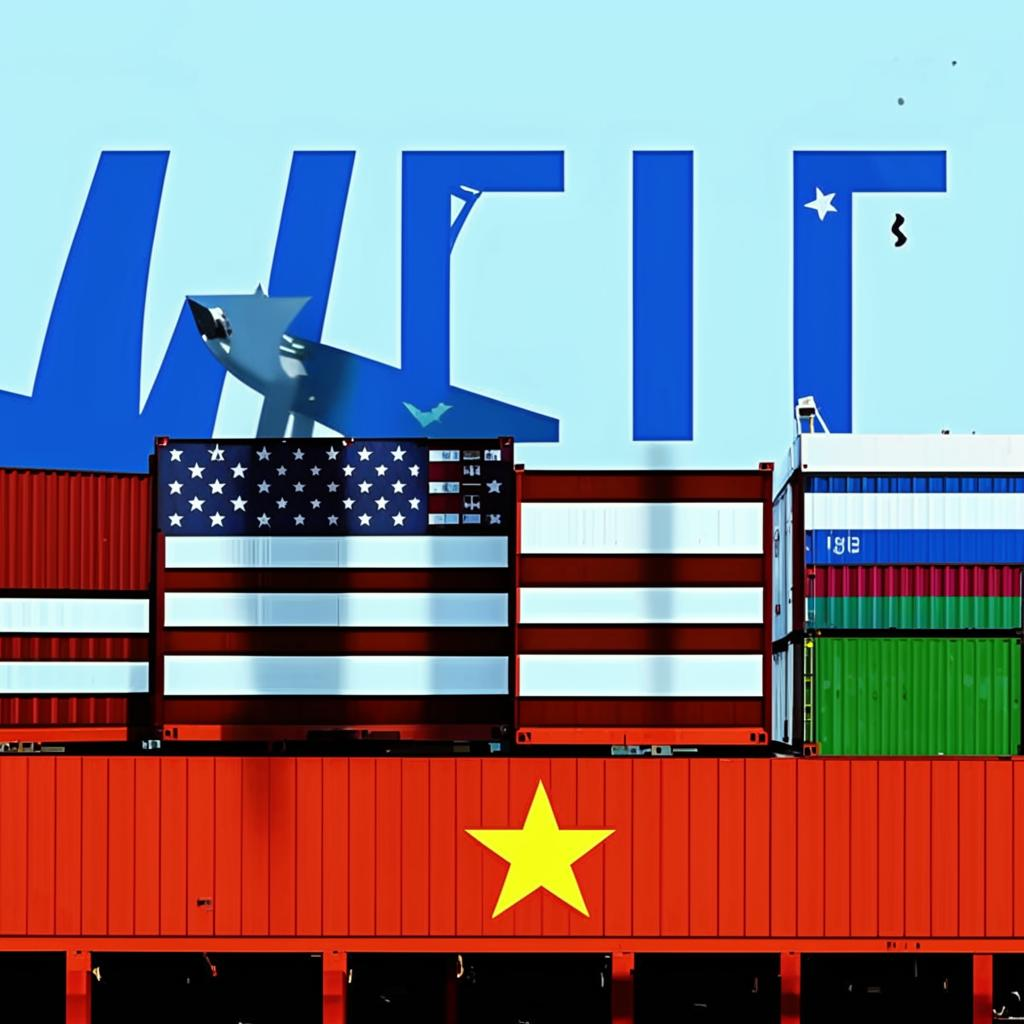Iran’s currency, the rial, has experienced a significant decline in value, reaching record lows amidst increasing pressure from U.S. sanctions. These sanctions, reimposed by the Trump administration, have had a tangible effect on Iran’s economy, particularly impacting its currency.
The rial’s depreciation reflects broader economic challenges within Iran, including reduced oil exports, limited access to international financial systems, and growing inflation. Businesses are struggling to cope with the volatility, and the Iranian people are facing higher prices for essential goods and services.
The pressure on Iran’s currency could lead to further economic instability. Some analysts predict that continued devaluation could trigger social unrest, adding further strain to the country’s leadership. The Iranian government has attempted to control the currency market by implementing various measures, but these efforts have had limited success. The long-term consequences of the currency crash remain uncertain, but the immediate impact is clear: Iran’s economy is facing a considerable challenge due to the bite of U.S. sanctions, pushing the nation closer to an economic crisis. The rial’s fate hinges on the future of sanctions and Iran’s ability to navigate these difficult economic waters.















